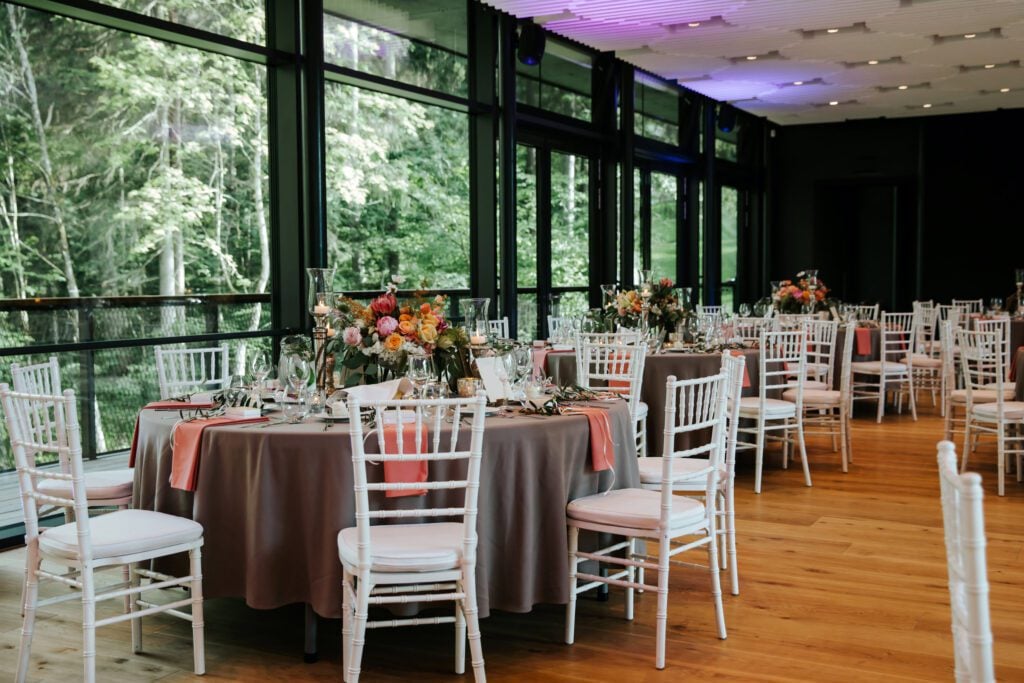How Market Research Defines Your Restaurant’s Pitch Deck
Opening a restaurant and creating a thriving restaurant business are two different things, and investors and lenders are really only interested in helping you do the second one. To capture the interest (and funding) of potential investors, you need an air-tight pitch deck and business plan which not only look professional, but are full of well-researched reasons why your restaurant will be a financial success. A restaurant business plan should examine all angles of your business, but three of the main areas of market research on which to focus are customer, concept, and location.
Contents
Researching Your Restaurant’s Ideal Customer
You’ll need a clear idea of the customer you want to attract before you are capable of building a restaurant that will attract them. Take yourself through the marketing exercise of writing a bio of the type of person who will come into your restaurant. Are they in a family, a couple, or singles? Are they young, with less disposable income and lower dining standards, or are they older, with more income to spend but higher standards for their dining experience? The more tightly you can hone your customer narrative, the more successfully you will be able to attract that person.
Investors love to see numbers that support your business plan, and there are some simple, cheap tools that will help you prove that you understand your customers and your market. Le Cordon Bleu recommends conducting a survey via Facebook or Survey Monkey, or conducting a series of “man-on-the-street” interviews in your potential restaurant location. Ask people how they feel about your restaurant concept and its potential location, how many times per month they would eat there, how much they would expect to spend, and what kind of dining experience they would expect at a certain price point. The information you gather will not only help you sell your restaurant to investors, but will help you tighten and refine your concept as well.
Defining Your Restaurant’s Concept
To be successful, your restaurant needs to offer diners a unique selling point. That means that your restaurant should offer something in the menu, price point, or dining experience that customers cannot get at any other restaurant in the area. If you’ve seen a hole in your local restaurant market, you may already have an idea of the type of restaurant you’d like to open. Entrepreneur.com explores some niche types of restaurants here.
If you’re still trying to decide on a concept, take a tour of local restaurants and take notes on what they offer to the market and what they don’t. If you have a concept in mind already, visit similar restaurants in other markets to see what you would like to emulate and what you would do differently. Each of these visits helps you define your unique selling point, and a well-defined selling point gives investors confidence that their money will garner returns on investment.
Avoid theme restaurants, as these do not tend to attract returning customers. Instead, focus on a concept that can attract diners on a regular or semi-regular basis, one that the market around you can sustain in terms of price point. That’s not to say, however, that you shouldn’t consider dining trends. If you have noticed a popular restaurant trend that your local market is lacking, you may just be on to the right concept.
Choosing Your Restaurant’s Location
Scope out other restaurants around your preferred location and see whether any would be considered competitors in terms of similar menus or price points. Note how much they charge for meals and how long customers spend at their table. If you can, find out how much rent you would expect to pay for a restaurant facility in the area. Including as much price detail as possible in your business plan will show investors you have a clear and accurate view of the costs associated with starting and running your business.
Not only do you need to consider the neighborhood of your restaurant, but you should think about the larger market as well. If you are in a small, rural market, you may not have enough of your ideal customer to support your concept. You should also note details such as parking access, wheelchair accessibility, local zoning, potential for outdoor seating, and whether your location will need remodeling. These details show investors you have your restaurant location under control and that there will be no expensive surprises that cost more than expected.
Customer, concept, and location inform one another in a loop. As you are identifying your customer, you’ll need to keep your concept in mind. As you flesh out your concept, you’ll need to ask whether your location is the correct one to support it, etc.
Can We Help You With Your Restaurant Concept?
Cayenne Consulting knows what investors and lenders expect to see, and we can help you create a flawless business plan and pitch deck to attract and secure them. Visit https://www.caycon.com/bar-lounge-restaurant-business-plan-consulting to learn more about how we help restaurant entrepreneurs make their restaurant dreams a reality.
Other Restaurant Industry Articles & Resources
- Restaurant Business Plan Examples & How to Create a Restaurant Business Plan: My Recipe for Success
- Execution Makes a Good Restaurant (and its Business Plan) Great
- Stick with Your Concept but Do Your Homework
- Making Money in Pizza
- Food Trucks are Hot!
- How to Start a Restaurant
- How to Start a Food Truck Business
- How Market Research Defines Your Restaurant’s Pitch Deck
- Don’t Forget the “Hidden Costs” in Your Restaurant Business Plan
- How to Choose, Buy, and Operate a Successful Franchise

